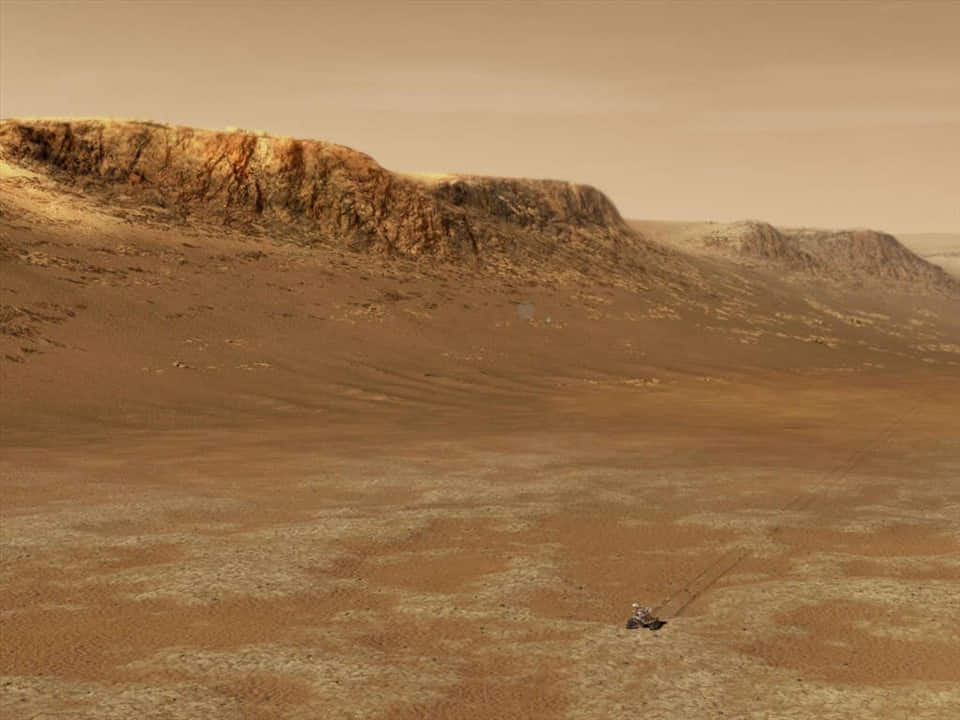NASA announced that it has discovered an oasis that may contain fossils in the arid region of the Jezero impact crater on Mars.
Two new studies from NASA have discovered on Mars a region containing hydrated silica minerals, something that is especially valuable in preserving “biosignatures”.
That is the area of the giant Jezero impact crater, which may be the remnants of an asteroid strike. The inside of the crater, like elsewhere on Mars, is mostly a dry desert. But the minerals found could be evidence of an oasis of life, as the researchers put it.

Scientist Jesse Tarnas, lead author of one of the two studies, said they analyzed data brought back by NASA spacecraft and discovered two flows of hydrated silica right in the barren impact crater. This. On Earth, similar minerals are also a “gold mine” for paleontologists, because they are where microscopic particles and other biological components from early life are preserved.
This research, recently published in the scientific journal Geophysical Research Letters, used data from a tiny reconnaissance spectrometer called CRISM mounted on the Mars Orbiter on duty. According to them, if you look at this trace of hydrated silica, NASA can find fossils of alien creatures.

The second study, also from NASA, was just published in the scientific journal Icarus. Also using data from CRISM, they found carbonate minerals along the inner rim of Jezero crater. Carbonate on earth is also what preserves ancient fossils, especially shells, corals and stromatolites (mound-like structures, sediment columns formed by the layered growth of cyanobacteria).

Today’s Jezero may be a dry desert, but some previous NASA findings have shown that there once existed an ancient lake and rivers flowing into it. So the existence of an ancient oasis here is not unbelievable.
The mystery may soon be solved because in NASA’s Mars 2020 project, a new lander will land right at the Jezero impact crater.





